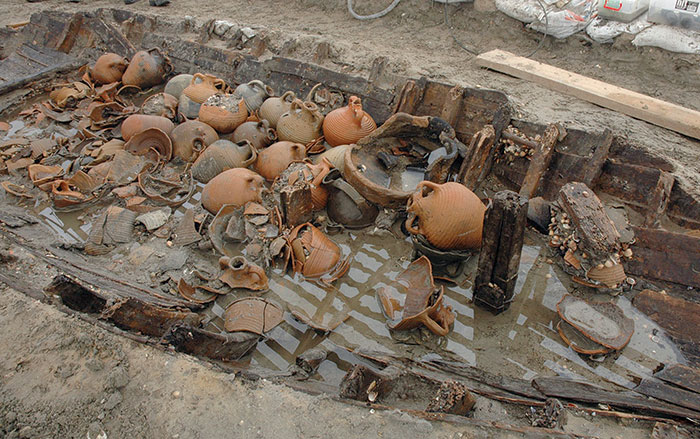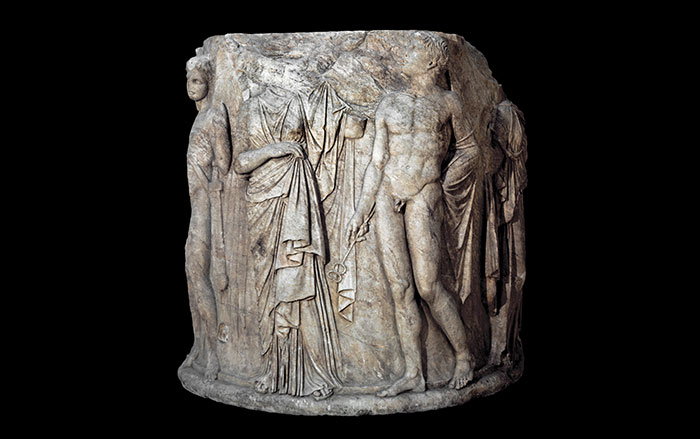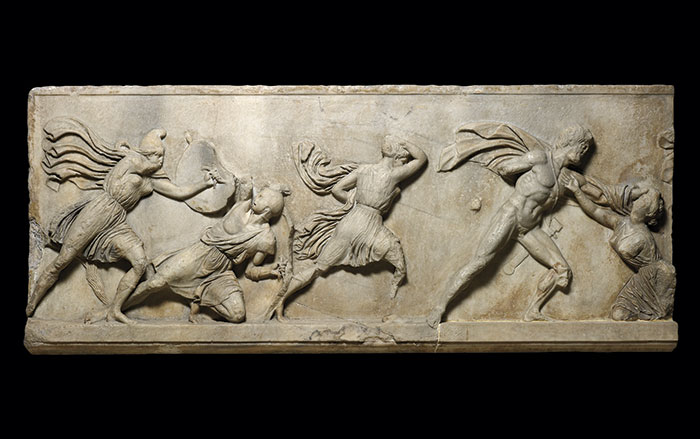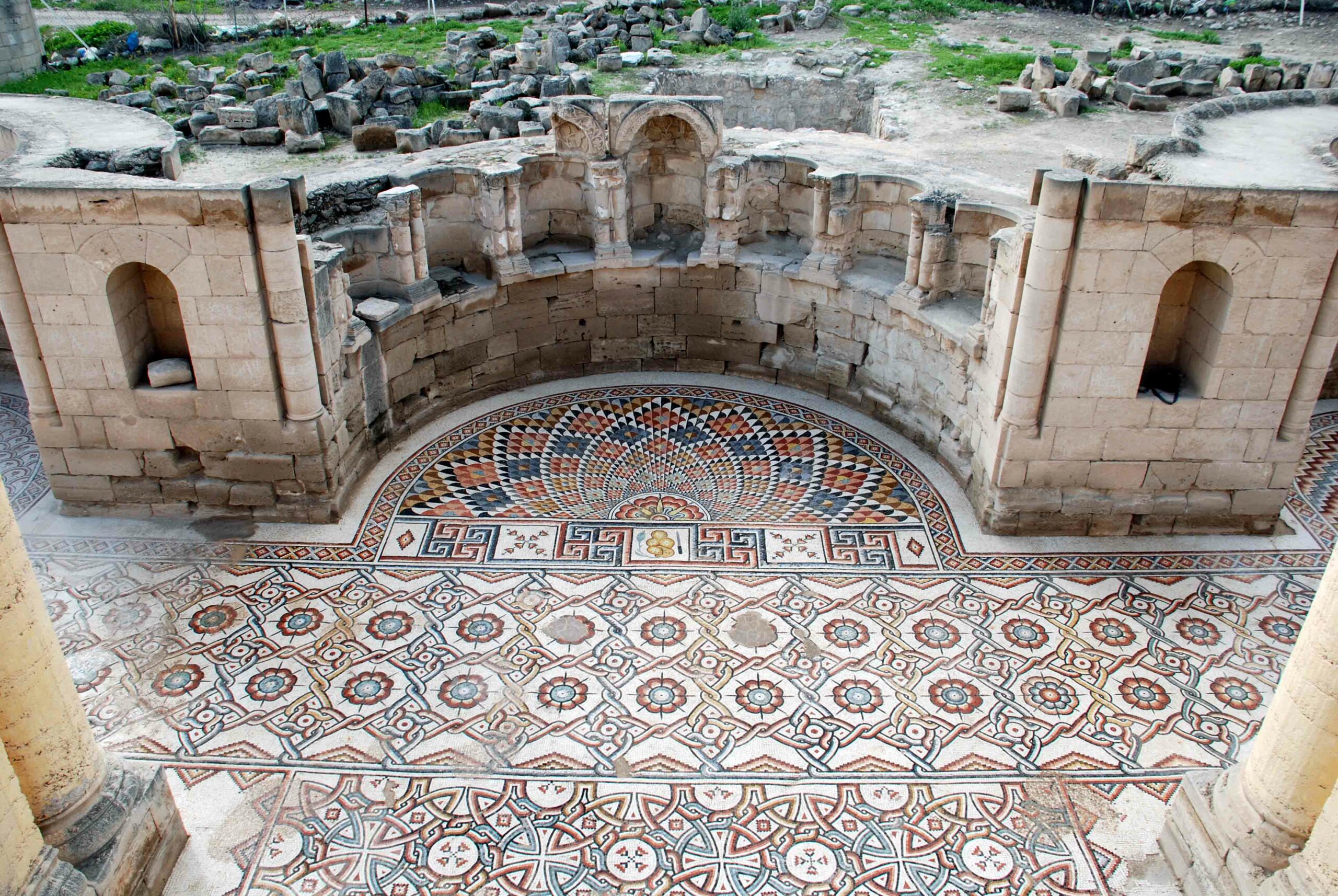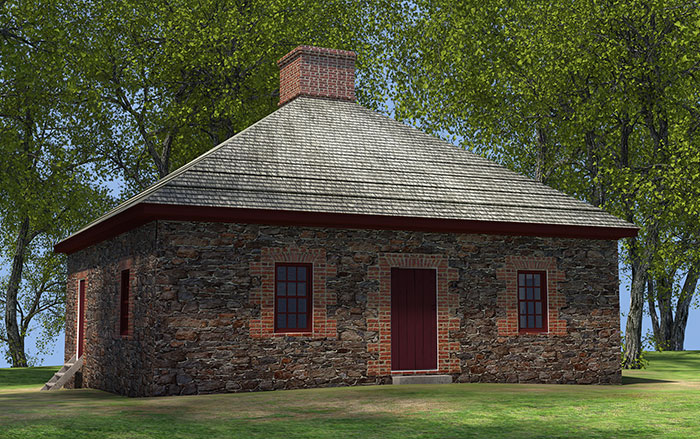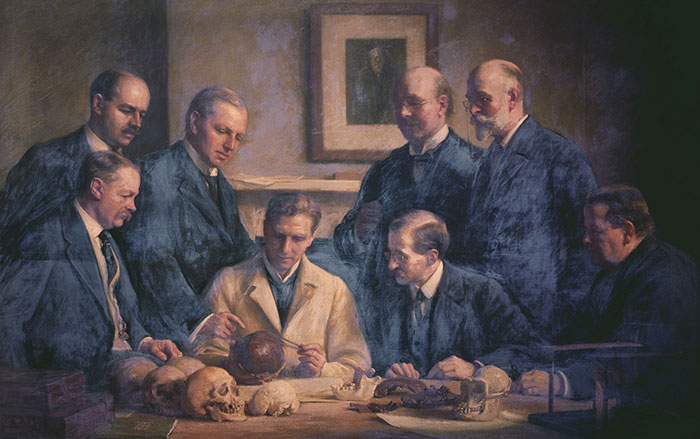
ISTANBUL, TURKEY—According to a report in Hürriyet Daily News, Şerif Barış of Kocaeli University is leading a team of archaeologists and geologists who are examining damage to the roads and structures of the ancient city of Bathonea, located on the European shore of the Sea of Marmara, to try and determine the location and magnitude of earthquakes that occurred before A.D. 1500. For example, in 2012 the team unearthed a church that had been damaged by an earthquake. “The bones of three bodies were found under the structure, as well as coins from the Justinian era,” Barış said. “This showed us that one of the big Istanbul earthquakes, which occurred in 557 A.D., also gave great damage to the Hagia Sophia,” he said. Damage to structures was noted in the sixth, tenth, and eleventh centuries, as well as the early sixteenth century, when there was a large earthquake known as the “small doomsday.” Barış added that information about past earthquakes could help scientists predict future ones. For more on archaeology in Turkey, go to “In Search of a Philosopher’s Stone.”


